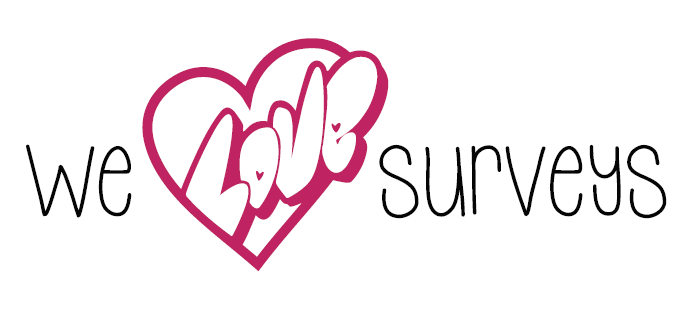The term ‘quiet quitting’ has taken the corporate world by storm on social media. With origins on TikTok and more than 354 million views to date, this trend has certainly given many food for thought. It has sparked a serious division between those who see this new term as a positive or negative concept.
What exactly is ‘quiet quitting’?
According to this BBC article, ‘quiet quitting’ can be defined as “doing only what your job demands and nothing more. Quitting doing anything extra. You still show up for work but stay strictly within the boundaries of your job requirements. So, no more helping out with additional tasks or checking emails outside work hours.”
There is some debate over whether the deprioritisation of work, and not taking on additional work unless there is compensation to match, is a healthy sign of achieving work-life balance or whether it shows complacency at work. This has an impact on employers as well as employees, with managers questioning whether their team is content or actively looking to leave the workplace and generating a sense of paranoia. At the same time, employees are worried about the consequences of not going above and beyond each and every day.
The term first became popular on TikTok, check out this example.
Is ‘quiet quitting’ the new ‘great resignation’?
Some people have been quick to point out that ‘quiet quitting’ is yet another inflammatory term, much like the ‘great resignation’ and the ‘new normal’. It has created a feeling of unease among employers, as many are now wondering if certain behaviours are a sign of gradually stepping aside from the role, or potentially looking for work elsewhere. This term and associated behaviours are affecting how employers view their teams and how we are all approaching the topic of a work-life balance and good personal/work boundaries.
How the right survey can help you
If you’re worried about quiet quitting or your workplace culture, we can help. A survey that is tailored to your organisation and your goals can reveal valuable insights. For example, if you are concerned about the happiness or engagement of your team, a survey that asks the right questions will give you the data you need to take action.
There will also be the opportunity for your team to expand on their answers, for example, explaining that the pandemic has changed how they feel about the switch from work to personal time.
At We Love Surveys, we believe that we shouldn't tar everyone with the same brush. Many people who are simply striving for work-life balance are unfairly being called quiet quitters.
The data speaks for itself as Gallup’s global workplace report for 2022 showed that only 9% of workers in the UK were engaged or enthusiastic about their work. The NHS staff survey, conducted in the autumn of 2021, showed that morale had fallen from 6.1 out of 10 to 5.8, and staff engagement had dropped from 7.0 to 6.8.
What this data shows us is that the way we feel about the work we do has changed, and that external factors such as mass job losses and the mental health impacts of lockdown have made a significant difference. Ultimately, the term quiet quitting refers to doing less at work, and whether this is an attempt to create a work-life balance or due to feeling less content about our work, we should be careful about using labels that could create worry or uncertainty in the workforce.
Final thoughts
We all have our own takes on quiet quitting, including whether we see it as a negative term or one that highlights the need for better boundaries to protect that vital work-life balance.
From our innovative everyday employee engagement solutions to our focused customer experience surveys, we are here to be your business partner and to help you achieve your goals whatever they may be.
Interested in working with us to create a survey to understand engagement in your organisation? Get in touch today.

